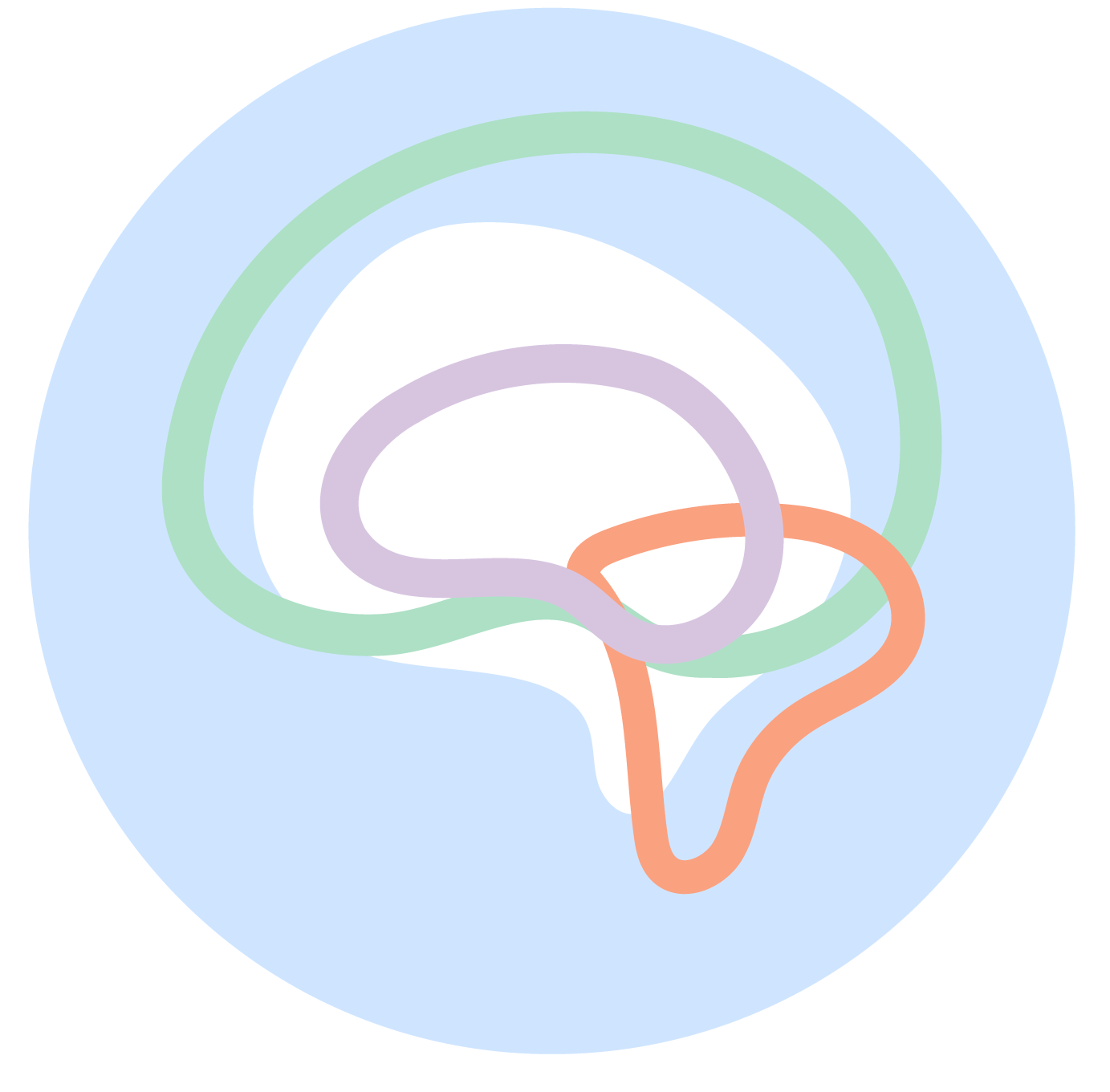Not Just a Phase: Understanding Depression in Adolescents
The World Health Organization indicates that adolescents aged 10 to 19 “experience rapid physical, cognitive and psychosocial growth. This affects how they feel, think, make decisions, and interact with the world around them.” The skills and habits they develop in this range of time influence their development into adulthood and their well-being. When a teenager exhibits irritability or reactivity, are these characteristics “just a phase”? Or are there underlying factors that require a wider discussion?
The 2015 Pixar film “Inside Out” follows a young girl named Riley who undergoes emotional changes. She and her family struggle with moving from Minnesota to California. Though she is incredibly upset with the move, her mother thanks her for appearing positive. “Through all this confusion you’ve stayed, well, you’ve stayed our happy girl! Your dad’s under a lot of pressure. But if you and I can keep smiling, it would be a big help. We can do that for him, right?” (IMDB)
Instead of expressing her true sentiments, Riley is compelled to be “happy” for her parents’ sake and at the cost of her own feelings. Her emotion “Joy” attempts to suppress her “Sadness” rather than address the root of the problem. While the mother was well-intentioned, their conversation exemplifies the lack of conversation and understanding with children and teenagers.
Ariana Case et. al conducted a study of 300 popular films and their portrayals of mental health conditions in youth, noting that it is not common to treat youth mental health in a serious manner. “In the real world, parents, teachers, or peers might discourage disparaging language from being used by children and teens. In popular films, derision is scripted and even used for humor, especially when it is directed at young people with mental health conditions.”
The dismissal of youth experiences as “moodswings” or “phases” creates an obstacle to finding beneficial intervention and treatment for mental health challenges. Understanding adolescent mental health requires broadening the conversation between family members, and noticing symptoms of mental health disorders sooner rather than later.
Teenagers encounter a great amount of change, as they undergo puberty and experience the transition stage from child to adult. Through Erikson’s Stages of Psychosocial Development, a psychological theoretical framework from the 1950s, stage 5 of Adolescence is marked by experiences of intimacy and or isolation. The factor that has a significant impact on adolescent development is relationships. At this stage of their life, they encounter heightened vulnerability to stigma and isolation.
Depression is a common mental disorder characterized by symptoms such as: sadness, hopelessness, decreased energy, and or feelings of worthlessness. A formal diagnosis of depression will depend on longevity of symptoms and impacts on daily functioning. “While depression can occur at any time and at any age, on average it can first appear during one’s late teens to mid-20s.” (American Psychiatric Association) Petito et al. discusses the maladjustments of depression in teens, and notes the influence of cognitive maturation, enhanced social understanding, sensitivity, and neurophysiological changes on levels of stress and anxiety.
Though depression and other emotional disorders are common for adolescents, there are ways to help with emotional regulation and build resilience. (WHO) It’s crucial to keep a dialogue open and to make support accessible, and to understand that depression is not just a phase. Find ways to facilitate a conversation for mental health awareness, such as SAMHSA’s guide: “How to Talk About Mental Health,” and remember to seek professional support or medical attention if necessary.
My Good Brain Resources
Infographic: What is depression? A quick overview of the definition, warning signs, and potential causes of depression in youth.

